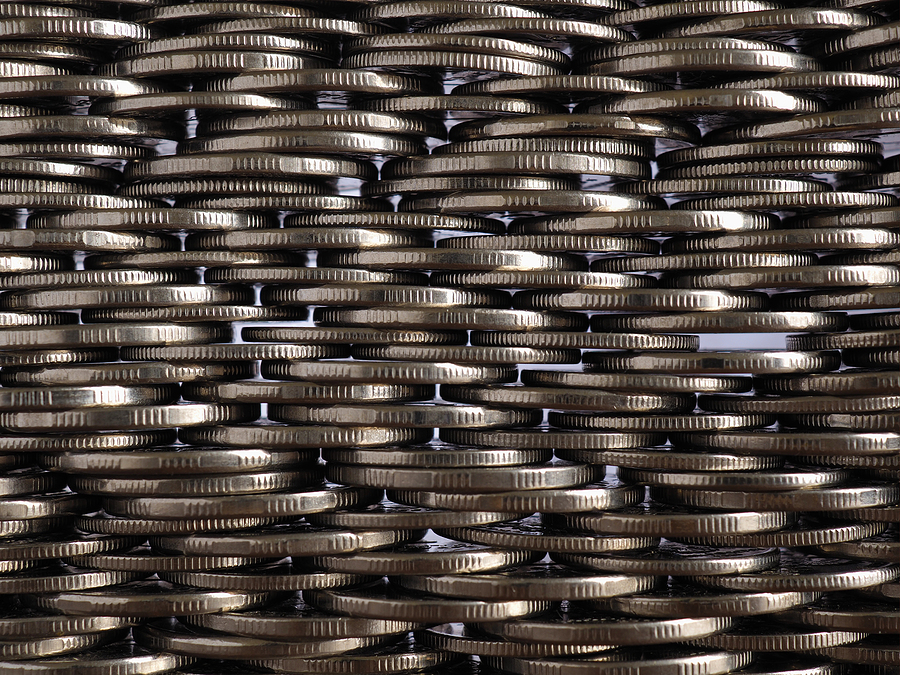
“The Worst Performing Metal This Year”
Even though nickel has a foothold in both established and emerging energy industries, new research indicates that this is not likely to have an immediate effect on the demand or cost of the metal.
Anticipation of a hike in both cost and availability for nickel, due to its use in stainless steel oil and gas sector piping and emerging battery technologies this year has been widespread. Nevertheless, it does not seem that 2023 will not be prosperous for the nonferrous metal.
According to a report by the Netherlands-based banking firm, ING, nickel has been “the worst performing metal on the London Metal Exchange [LME] so far this year, with prices slumping 37 percent in the first half of the year.”
“This underperformance is likely to continue as we head into the second half of 2023, with the market likely to test lower levels amid a weak macro picture and sustained market surplus.”
China’s Impact on Nickel
As China’s economy continues to contract, Ewa Manthey, a commodities strategist from ING, has produced a six-page report indicating that this factor is at least partly responsible for the declining demand. “Indonesia’s nickel mine output grew by 48 percent to 1.58 million metric tons in 2022, boosted by the ongoing commissioning of nickel pig iron (NPI) and stainless steel projects,” she stated regarding supply.
Data from the International Nickel Study Group (INSG) also revealed an additional increase of 41 percent in output during the initial quarter of 2023, Manthey reported.
Although Chinese companies have invested heavily in various Indonesian nickel projects, the country has not been able to keep up with the demand for nickel. Indonesia, on the other hand, continues to produce large quantities of the metal.
“China’s imports of refined nickel have fallen to [their] lowest levels in almost 20 years as the country shifts to Indonesia’s supply of Class 2 intermediate nickel products,” Manthey explains. “China’s imports of Class 1 refined nickel totaled just 3,204 metric tons in April, the lowest monthly total since January 2004.”
“We forecast nickel prices to remain under pressure in the short term as a surplus in the global market builds and slowing global economy mutes stainless steel demand. We see prices averaging $21,000 per metric ton in the third quarter and $20,000 per metric ton in the fourth quarter.”
Copper Pricing Decline
ING suggests that nickel will recover as a result of developments in the energy sector. “Prices should, however, remain at elevated levels compared to the average prices pre the historic LME nickel short squeeze due to nickel’s role in global energy transition,” the report notes.
“And, the metal’s appeal to investors as a key green metal will support higher prices in the longer term. In electric vehicle batteries, nickel boosts their energy density and increases their drivable range.”
Manthey’s report from late May concerning copper appears to have a similar outlook. Her analysis determined that, currently, the copper price is decreasing, “on weaker-than-expected China demand, in what is normally a peak construction season and subdued demand in the United States and Europe. Copper is also weighed down by a strengthening U.S. dollar, which makes copper more expensive for Chinese buyers.”
